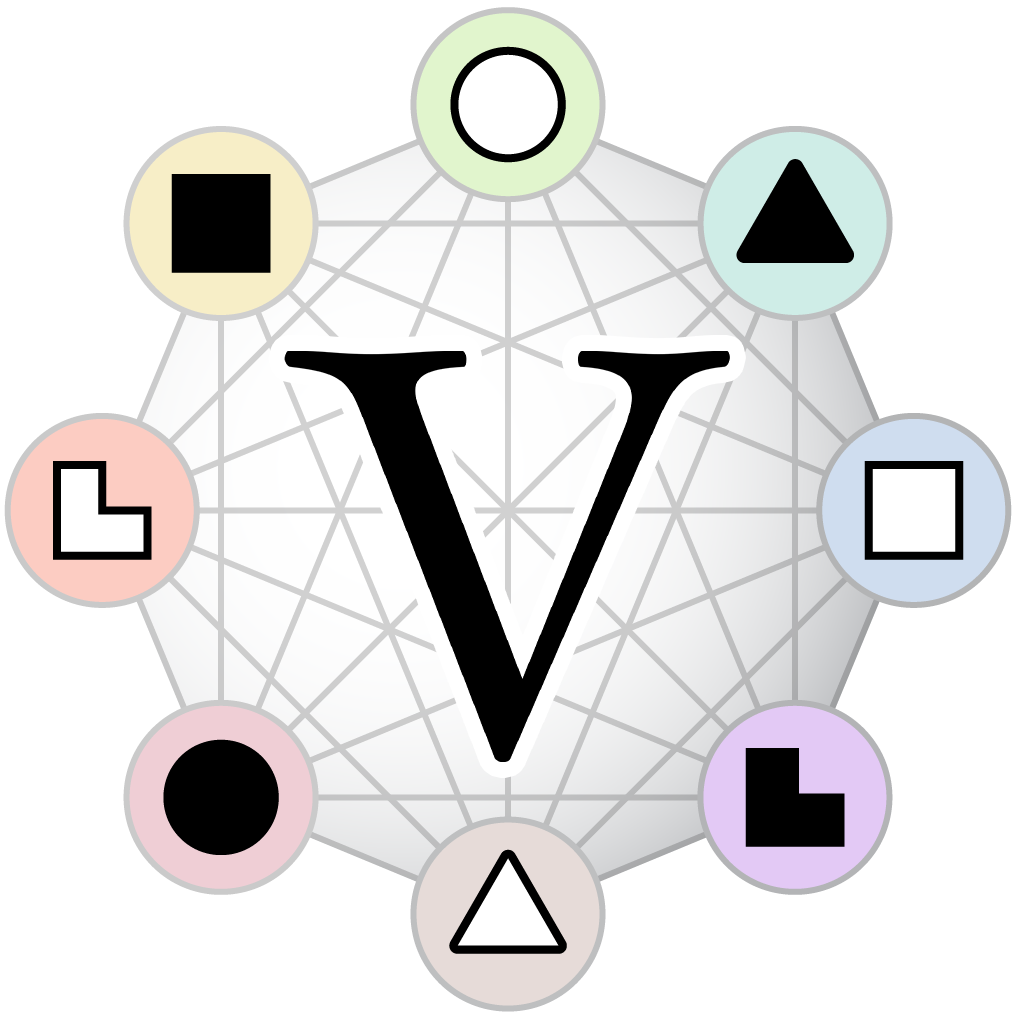Talk:Architecture
Si in architecture
I like the fact that you describe Si here as "the sensations produced by the structure; is it comfortable or uncomfortable, harmonious or dissonant." Here, Si is aware of the issue, without necessarily a bias towards harmoniousness.
In the Images and socionics page, and elsewhere, you suggest that Si is the same as something being aesthetically pleasant...to the point that if something seems Ni but looks good, you say it's both Ni and Si. It seems to me that the "Si = looks good" or "Si = pleasant, likeable" formation is suspect. It kind of implies that everything that isn't Si is ugly or aesthetic awareness only has to do with Si. --Jonathan 16:37, 16 July 2007 (BST)
- what would be the point of designing a building to have negative Si on purpose? What would be the point of that? In principle, if someone designs a building with Si in mind (rather than Ni or Ti or Se), they will try to make it with positive Si, don't you think? Can you give me an example to the opposite? A building made ugly for the sake of being ugly? Expat 16:52, 16 July 2007 (BST)
- There might be Holocaust monuments and things like that that are specially designed to be dissonant. I agree with Expat -- most architecture that I can think of is designed to positively portray something rather than elicit negative reactions. I can imagine a building where "bad Si" is being displayed, but I don't think I've ever seen one :) --Admin 16:57, 16 July 2007 (BST)
- But in the case of a Holocaust monument they are focusing on Ni and Fe, not Si :-) Expat 17:02, 16 July 2007 (BST)
- For the sake of argument, it can be said that many of the pre-fabricated concrete apartment blocks built in the 1960s, especially in communist Europe, were ugly and had zero Si. But that was the point. They were glorifying Ti and supposedly Te, as if to say that Si was a silly burgeouis concern. Expat 17:10, 16 July 2007 (BST)
- Haha, I live in one of those :-) Yes, there seems to be a difference between a "neglect" or "suppression" of a certain information aspect, and a "negative display" thereof. Contrast, for example, a Soviet-style apartment building with a building that is made to look like an oozing pile of poop. There's the difference :-) --Admin 17:41, 16 July 2007 (BST)
- Well that's exactly the distintion...neglect, as opposed to negative display. I think that within most architecture, you're correct an awareness of Si will lead to a more aesthetically pleasing structure, not because Si=aesthetics, but because Si involves concrete awareness of what the structure actually looks like, whereas in suppressed Si the awareness is more on other things.
- Where a "negative display" of Si comes in would be in modernist-influenced architecture. Modern art often involves challenging people's inherent sense of aesthetics. While that whole concept seems Ne, sometimes it is done precisely using an awareness of Si to make things as purposely discordant as possible. --Jonathan 18:22, 16 July 2007 (BST)
- I agree. That's another interesting possibility. An example of this dilemma is Andy Kaufmann, whom many forum members think is an Ne type, while I consider him SEI. His humor had lots of focus on "bad Si" absurdities. --Admin 18:51, 16 July 2007 (BST)
- I think this is an interesting example -- that's the monument to Yitzhak Rabin built on the precise spot he was murdered. I see it as bad Si --> gives bad Fe ---> works through Ni to associate it with Rabin, if you already know about it. If you don't, you just think "wow, that's ugly"; however, Ne or Ni might make someone also go, "wow, that's unique and cool despite being ugly". Expat 05:24, 17 July 2007 (BST)
- I agree. That's another interesting possibility. An example of this dilemma is Andy Kaufmann, whom many forum members think is an Ne type, while I consider him SEI. His humor had lots of focus on "bad Si" absurdities. --Admin 18:51, 16 July 2007 (BST)
Te in architecture
I think one could make a case for expanding the understanding of how Te functions here. The description..."prominent positioning of unmasked functional elements such as doors, input/output ports, moving parts, utility mains, etc." highlights a particular philosophy in "modern" architecture, but I think Te's role can be a lot more varied. As you note on the other page, the Pompidou Center probably reflects more Ne, as the whole idea was that this was just another way to make the building look strange. It seems to me that other displays of Te might be ways the building is designed to suit a certain purpose, which may not be as obvious just making everything look very bland and "functional." Here are some possible applications of Te:
- A building whose unusual shape is based on what's inside, or on how it's meant to be used
- A building that's designed/positioned to reflect another building or to fit into the surroundings in a certain way
- An attention to how the the overall shape(s) function together as one looks at them
While some of these examples direct Te towards an "aesthetic" purpose, I think they're still Te...or specifically, examples of how a person looks at aesthetics from a Te perspective.
